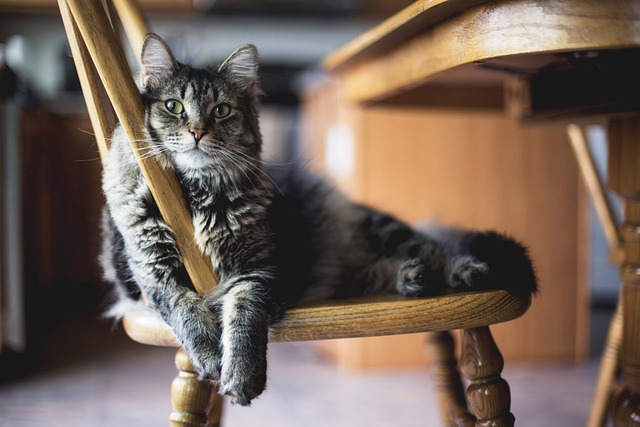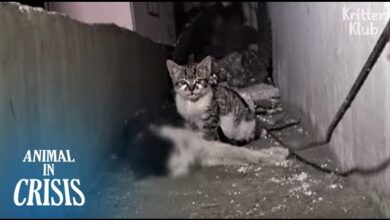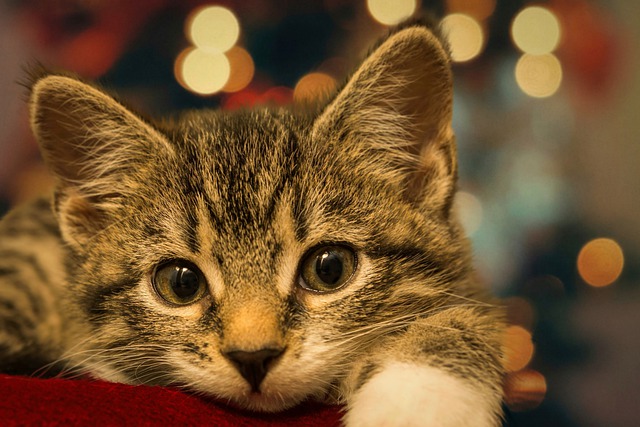
You must prepare the following items for your new cat or kitten in advance, in preparation for their arrival in their new home.
The essentials are as follows:
- Food
- Feeding bowls
- Litter
- Cat litter
- Toys
- Food
Most stores, supermarkets, and pet shops have a full range of food for your cat. There are two main types of food: dry food and wet food. Dry food comes mainly in a large bag or small box of cereal and is usually a small pellet with minimal water content. Wet cat food usually comes in the form of a can or, more remarkably, a package. This type of food, unlike dry food, is moist and has a higher water content, but it tends to dry out and go off if not eaten at that time. Dry food can be less expensive and will keep a little longer as long as it is not splashed with water, as it is essential to provide fresh water.
Today, there is a wide variety of cat foods available, some of which are specially designed for kittens, adult cats, and older cats. You can also give your cat a combination of dry and wet foods. It’s usually best to feed a kitten small meals, about four times a day. An adult cat will not need to be fed as often, usually twice a day. You should also provide your cat with a water dish, washed and filled daily. Drinking milk is generally not recommended, as cats lose the ability to digest lactose shortly after weaning. Cats seem to like milk, but it can cause diarrhea. There is, however, a specially formulated “cat milk” on the market that contains less lactose, but it may not be as widely available and tends to be purchased by specialists.
Feeding bowls
You will need two cat bowls, one for water and one for solid food. They can be plastic, ceramic, or metal, it doesn’t matter, as long as they are sturdy and have a non-slip base. Saucers are not ideal because kittens tend to get their paws stuck in them at feeding time. You should place the food in a quiet place, away from the normal hustle and bustle of family life, perhaps a quiet corner of the kitchen, where your cat will not be disturbed while eating. For hygienic reasons, your cat’s food bowls must be kept separate from the regular dishes. You should wash each cat bowl thoroughly with hot water and dishwashing liquid and rinse it well afterward.
Bedding
Your cat will need a bed because she is used to finding something she likes and may find your bed more appealing. It is therefore essential that you have a bed ready for her first night away from her old home. These days there is a range of beds available in pet shops, made of wicker, fabric, or plastic.
Ideally, you’ll want the bed to be washable and look for ones that are labeled as easy to wash or machine washable. You can gather old clothes, an old blanket, a sweater, or a t-shirt and use them as extra bedding if necessary. You don’t need to buy the most expensive cat bed on the market, even a sturdy cardboard box with a hole in the side, an old blanket or sweater on top, and a few layers of old newspapers will do.
Cat litter box
Make sure the cat litter box is available when you bring your cat home. Ideally, you should use the same type of litter box that your cat is used to so that she can identify it as her toilet. You can, of course, gradually switch to another type of litter, but some cats may have their preference.
Your cat may find another place to relieve herself if she has trouble finding the litter box or if it is not cleaned regularly. Remember to keep the litter box in a quiet, safe place, away from the cat’s sleeping or feeding area.
Toys
For cats, the play takes the form of chasing, throwing a toy, and giving them stimulation and something to do, especially for indoor cats. Outdoor cats can enjoy the open spaces and garden to keep themselves busy, watching birds, chasing leaves, and scratching the wooden fence, to name a few. For the owner, play is a great way to develop a bond with the cat, even something as simple as a crumpled piece of newspaper thrown back and forth. Older cats may not respond to play in the same way, but kittens are a treat to watch.
Commercial toys, to name a few, are usually toy mice, plastic balls, and novelties, and some may contain catnip, a plant known to have a temporary effect on cat behavior, making them more excited, noisy, etc. Very young kittens will not be affected and you should avoid cat toys containing catnip if your cat develops aggressive behavior after being exposed to it. Make sure the toys you buy are sturdy enough and do not have small parts that could come off and be swallowed.
Furthermore
You should consider investing in a scratching post, as scratching and clawing are a normal part of a cat’s behavior. You don’t want a cat to start scratching the furniture in the house or the carpet. Encourage your cat or kitten to use the scratching post instead. Choose a sturdy, high post that is strong enough to take a good scratch and won’t be easily knocked over. These can be purchased at most pet stores, but some people make their variations. When outside, cats will usually rub against tree bark, fences, or similar wooden items.






